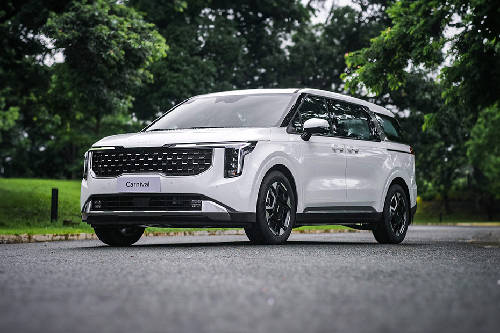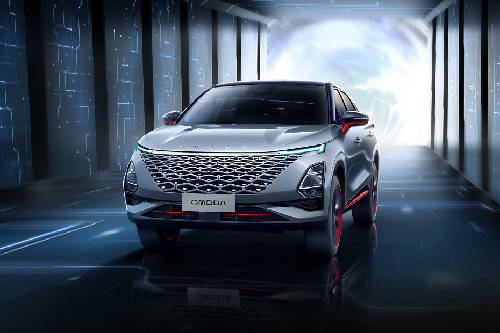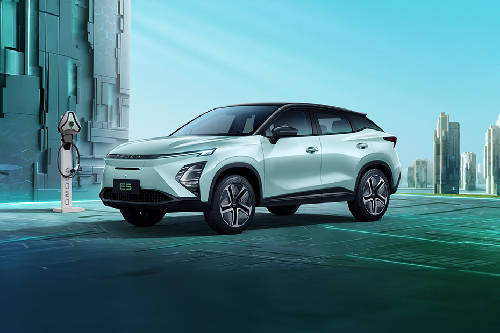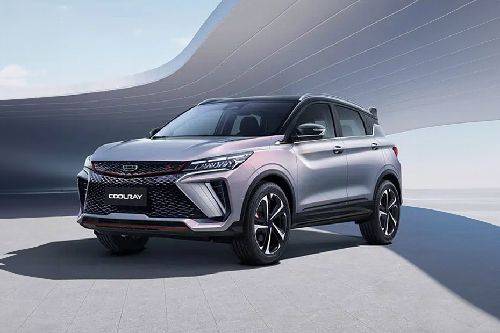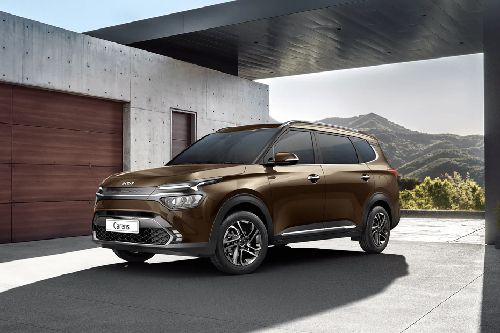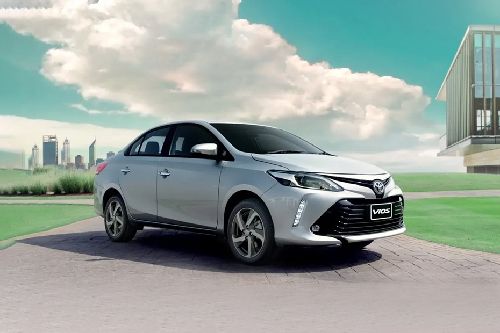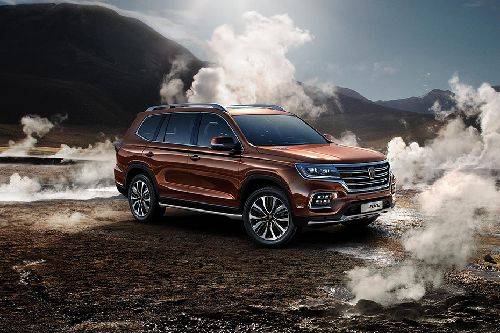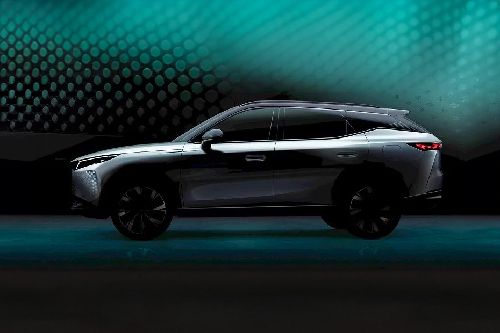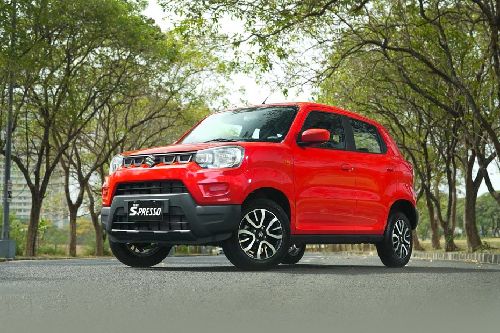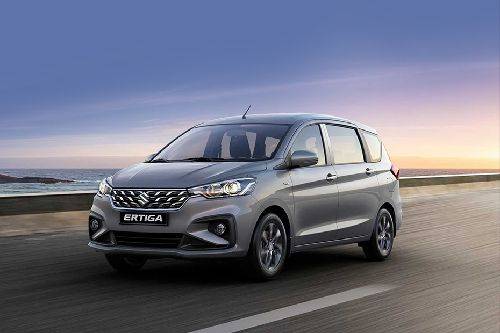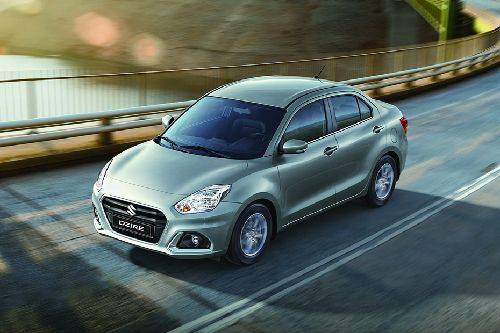Essential Car Safety Features for Different Road Scenarios

MANILA: Many modern cars today come standard with the latest and advanced safety features that can prevent you from sustaining body injuries, expensive car damage or any hustle & bustle of accidents.
Over the years, automakers have been putting a lot of efforts into making their vehicles sound and safe with the deployment of latest safety features like Auto Emergency Braking, Forward Collision Warning, Airbags, Electronic Stability Control, Pedestrian Auto Emergency Braking and much more. Buying a structurally safe car is one of the most important investments you will make, but not knowing how these features work will definitely keep you in the dark when safety is concerned.
The following scenarios will further make you aware about these latest features
Scenario 1: Sudden Braking
In this case, Anti-lock Braking System comes into action, allowing the driver to maintain complete steering control of the car and reducing the risk of your tire skidding under heavy braking. With ABS, the wheels will maintain the traction on the road while braking, thus preventing them from getting locked. ABS have been improved over the time and the latest versions not only avoid locking up of wheels, but also electronically control the front-to-rear brake bias.
Adaptive Cruise control is also very helpful in this particular scenario as it automatically maintains a safe driving distance from the vehicle in front of you using a radar behind the grille or rear-view mirror.
Having a Forward Collision Warning is also a great feature when an object in front of you suddenly halts. FCW has the potential to avoid a collision or reduce the impact of a crash as it alerts the driver timely.
Scenario 2: A pedestrian or an obstacle shows up out of the blue
ESC or Electronic Stability Control is a perfect safety feature for this kind of scenario, as it reduces the risk of skidding or losing control as a result of over-steering when you try to avoid a pedestrian. ESC gets active when a driver loses control and automatically apply brakes to the relevant wheel and aligns the vehicle to a straight line without any fish-tailing.
Cars like Volvo XC60 and Ford Focus also have the pedestrian AEB or detection safety feature, which automatically brings a car to halt by detecting vulnerable road users using a camera with a radar.
Scenario 3: Head-on Impact
This one calls for the most common safety feature, airbags, as they automatically bloat in the case of a head-to-head collision with a steering wheel reducing its impact. They immediately deflate also when your head hit on them. Currently, many cars come with a side, curtain, and knee airbags for different collision scenarios, which has helped in reducing casualties to a great extent.
Scenario 4: When a car on the road is just behind and to one side of the vehicle
This scenario is called a blind spot and BlindSpot Warning System is the feature which acts as a saviour in such situation. BWS detect the distance and closing speed of cars in adjacent lanes and warn the driver if a collision is imminent. Some systems are camera based and some are radar-based to monitor the blind-spot and assist a driver to change lanes safely.
All these safety features are essential seeing the traffic and road conditions of the country. However, it should be noted that these features are designed for assistance only and driver remains responsible for the vehicle at all times.
Also Read: Important Car Safety Features That are Mostly Underrated
Sell your car at the best price
 Verified and genuine buyers
Verified and genuine buyers
Trending & Fresh Updates
- Latest
- Popular
You might also be interested in
- News
- Featured Stories
Featured Cars
- Latest
- Upcoming
- Popular
Latest Car Videos on Zigwheels

Car Articles From Carmudi
- journal
- advice
- financing
- insurance

































